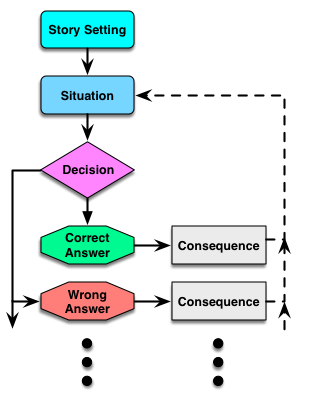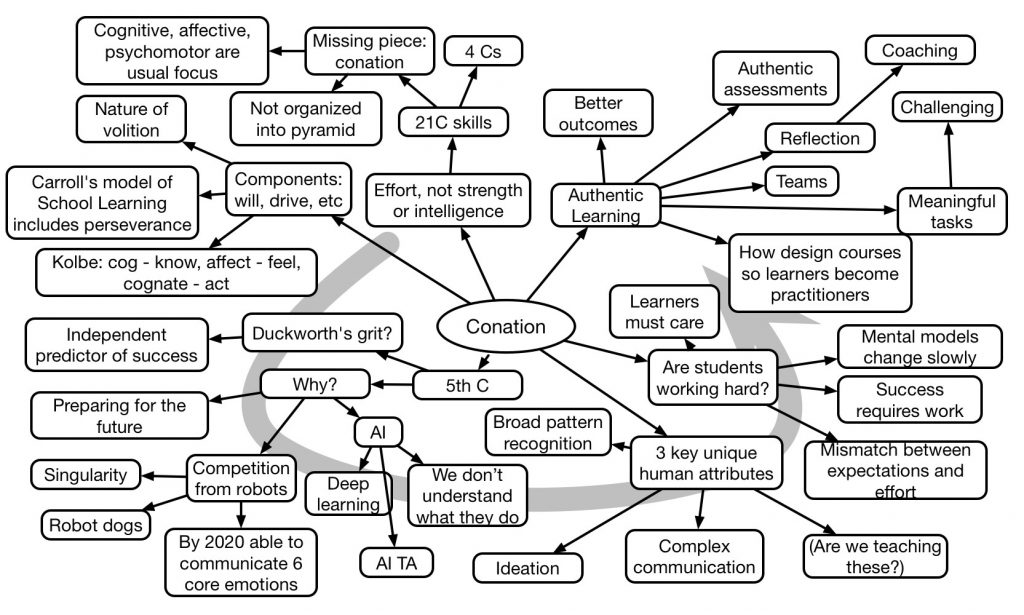Last week, I gave a presentation to the local chapter of ATD. And I was surprised that their request was for mobile learning. Now that is something I can speak to, but given that my book on the topic came out seven years ago now, it seemed like a dated topic. And I was wrong. And the difference is between what’s possible and what’s practical.
Ok, so I am somewhat out ahead of the curve. My games book came out in 2005, but the market wasn’t quite ready. I similarly think my L&D revolution book, in 2014, was ahead of the market (the topic is finally getting more traction, close to four years later), though closer. But I thought the mlearning book was timely (not least because my publisher asked for it more than it was my initiative ;).
However, the audience was eager. And it was relatively large for the group. And it took a comment from the organizer to raise my awareness. He said (and I paraphrase): “you think that it’s old, but it’s not old for everyone”. And that was indeed a wakeup call. Because while mobile to me is very practical, for many it’s still possible.
I do tend to move on once I reckon I’ve figured something out. I’m interested when it’s still something to be understood or solved. Once I have my mind around it, my restless brain is on to something new. That’s why I have this blog, for instance, to wrestle with new thoughts. If they get organized enough, it becomes a presentation or even a book. (Though sometimes I do ones that are requested, e.g. my forthcoming one on myths, and I’m supposed to be reviewing the second round of proofs!)
But the interesting thing to me is to look beyond my own bubble (and what my colleagues are talking about). We’re looking at what’s possible but not yet done, or what’s on the horizon. Yet I need to remember to continue to tout what’s now on the menu, and recognize not everyone’s yet started moving. The things that I think are already practical to implement are still on the ‘possible’ list for others.
If you’re reading this blog, you’re probably with me, but feel free to let others know that the things in my past I’m still happy to help with! In any way: consulting or workshops or even speaking. For instance, I’ll be talking engagement for the Guild at Learning Solutions, and in a webinar for AECT’s Learner Engagement group. Just as I talk new things, like myths. What goes around comes around, I guess, and what’s been possible is now practical. Ask me how!

